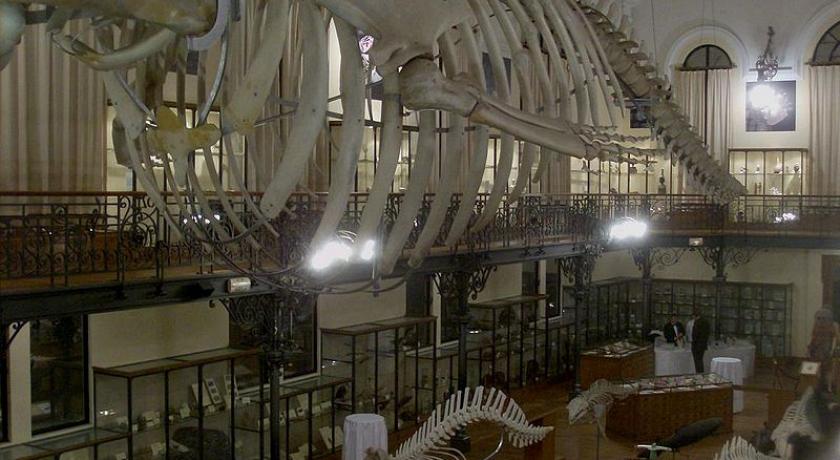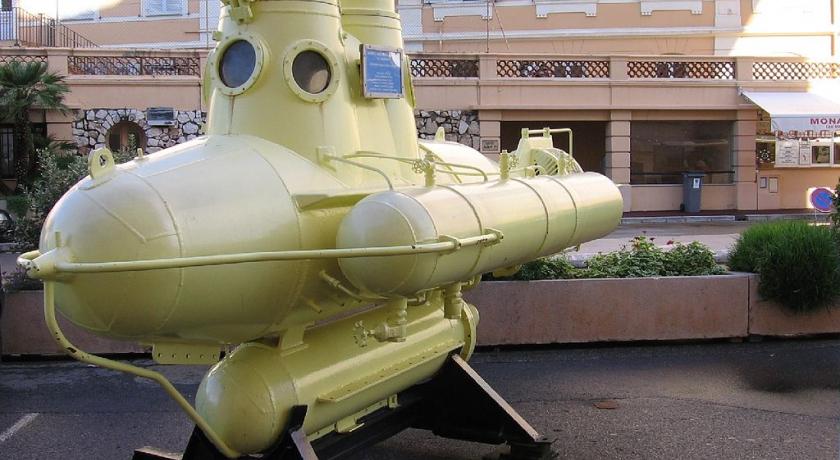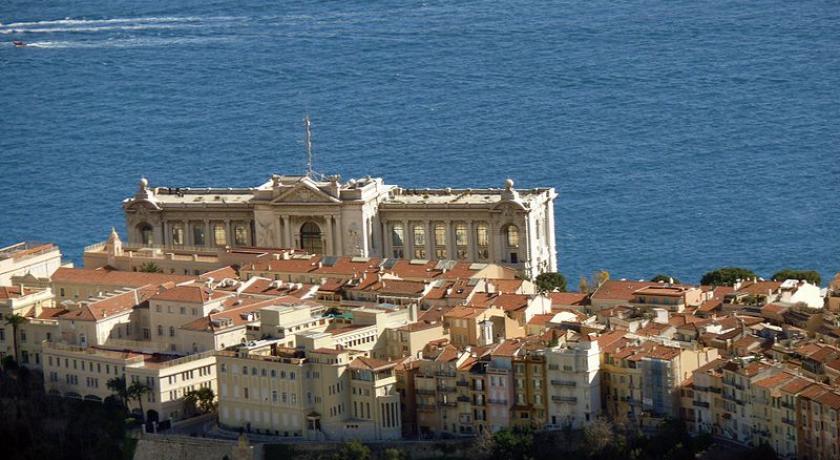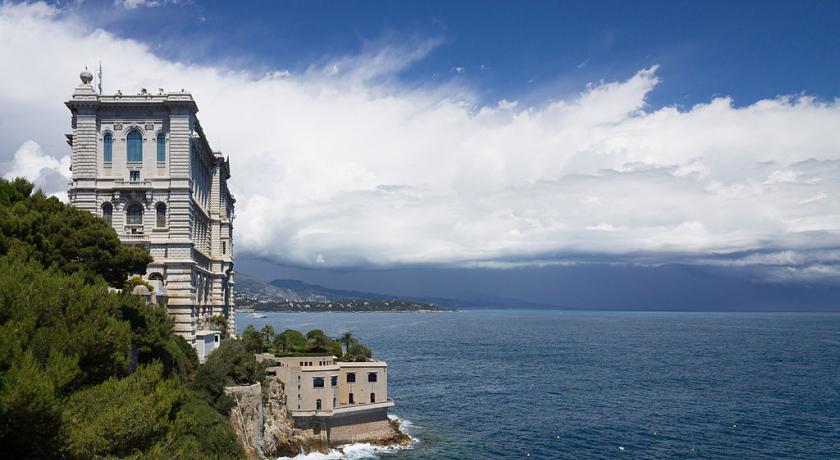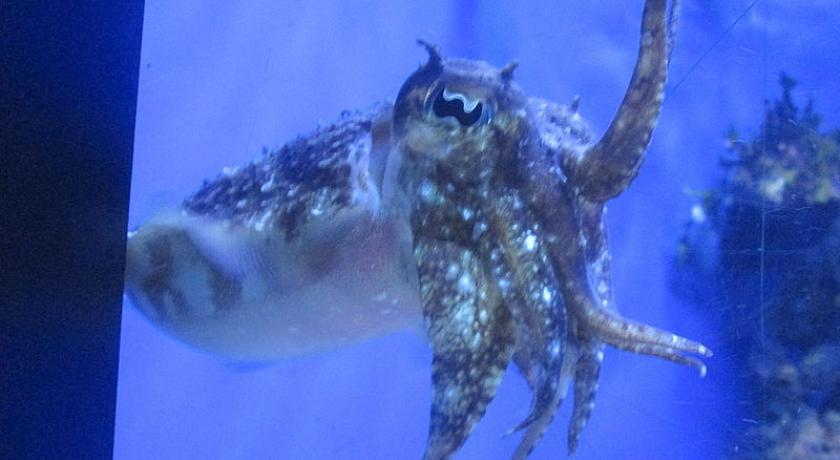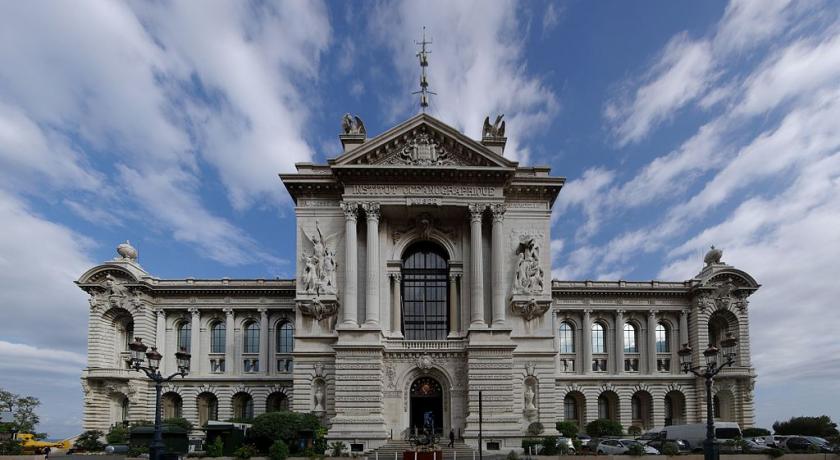Description
The Oceanographic Museum (Musée océanographique) is a museum of marine sciences in Monaco-Ville, Monaco. It is home to the Mediterranean Science Commission. This building is part of the Oceanographic Institute which is committed to sharing its knowledge of the oceans.
History
The Oceanographic Museum was inaugurated in 1910 by Monaco's modernist reformer, Prince Albert I. Jacques-Yves Cousteau was director from 1957 to 1988. The Museum celebrated its centenary in March 2010, after extensive renovations.
Overview
This monumental example of highly charged Baroque Revival architecture has an impressive façade above the sea, towering over the sheer cliff face to a height of 279 feet (85.04 m). It took 11 years to build, using 100,000 tons of stone from La Turbie.
The museum is home to exhibitions and collections of various species of sea fauna (starfish, seahorses, turtles, jellyfish, crabs, lobsters, rays, sharks, sea urchins, sea cucumbers, eels, cuttlefish etc.). The museum's holdings also include a great variety of sea related objects, including model ships, sea animal skeletons, tools, weapons etc., as well as a collection of material culture and ritual objects made from, or integrating materials such as pearls, molluscs and nacre.
At the first floor, A Sailor’s Career showcases the work of Prince Albert I. It includes the laboratory from L’Hirondelle, the first of Prince Albert's research yachts. Observations made there led to an understanding of the phenomenon of anaphylaxis, for which Dr Charles Richet received the Nobel Prize in Physiology or Medicine in 1913.
An aquarium in the basement of the museum presents a wide array of flora and fauna. Four thousand species of fish and over 200 families of invertebrates can be seen. The aquarium also features a presentation of Mediterranean and tropical marine ecosystems.
Caulerpa taxifolia
In 1989, French marine biologist Alexandre Meinesz discovered a patch of a giant, tropical seaweed Caulerpa taxifolia directly under the walls of the museum. Several documentaries point to this patch as the origin of one of the largest seaweed contaminations of the Mediterranean Sea in recent history. The role of the museum and its director, François Doumenge when the discovery was made public is still heavily debated.
OPEN DAILY (EXCEPT THE 25 DECEMBER AND THE WEEK END OF THE FORMULA 1 GRAND-PRIX):
- January to March, 10am – 6pm
- April to June, 10am – 7pm
- July and August, 10am – 8.30pm
- September, 10am – 7pm
- October to December, 10am – 6pm
PRICES (PER PERSON):
- Adults: 14 €
- Teenagers 13-18 yrs old and students: 10 €
- Children aged 4-12 yrs old: 7 €
Catering on site possible.
Partially handicapped accessible.
Avenue Saint-Martin - Monaco-Ville
Tél. +377 93 15 36 00
Fax +377 93 50 52 97
E-mail : musee@oceano.mc
Address
Monaco
Monaco
Lat: 43.730705261 - Lng: 7.425447941


